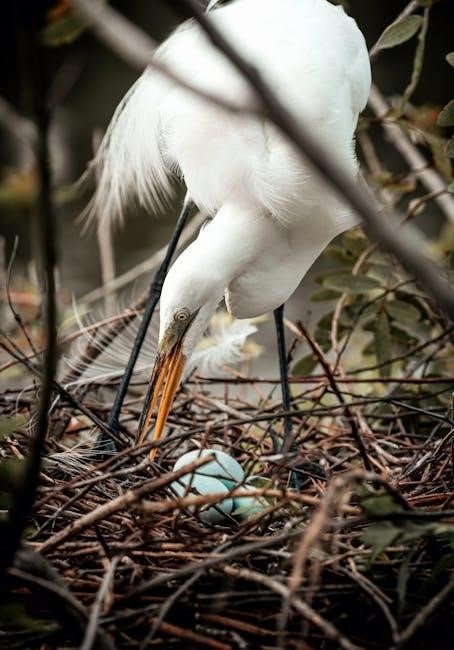The Great Cosmic Mother represents a powerful archetype symbolizing fertility, creation, and the divine feminine. This concept, explored in Monica Sjöö and Barbara Mor’s seminal work, delves into ancient goddess worship, ecological spirituality, and the suppression of feminine power across cultures. The book highlights the Cosmic Serpent, World Egg, and other symbols, offering a transformative perspective on gender, nature, and religion. It has become a cornerstone of feminist and spiritual discourse, inspiring modern movements to reclaim the divine feminine.
Overview of the Concept and Its Significance
The Great Cosmic Mother embodies the divine feminine, symbolizing creation, nurturing, and the cyclical forces of nature. This archetype, central to ancient goddess religions, highlights the interconnectedness of life and the sacred role of women in sustaining culture and ecology; Monica Sjöö and Barbara Mor’s work explores its profound cultural and spiritual significance, revealing its transformative power for modern feminist and ecological thought.
Historical Context and Modern Relevance
The Great Cosmic Mother archetype traces back to ancient matriarchal societies, where the feminine was revered as the source of life and creation. Her suppression paralleled the rise of patriarchal systems, yet her legacy endures in modern feminist and ecological movements. This archetype inspires contemporary spirituality, emphasizing harmony with nature and the empowerment of the divine feminine.
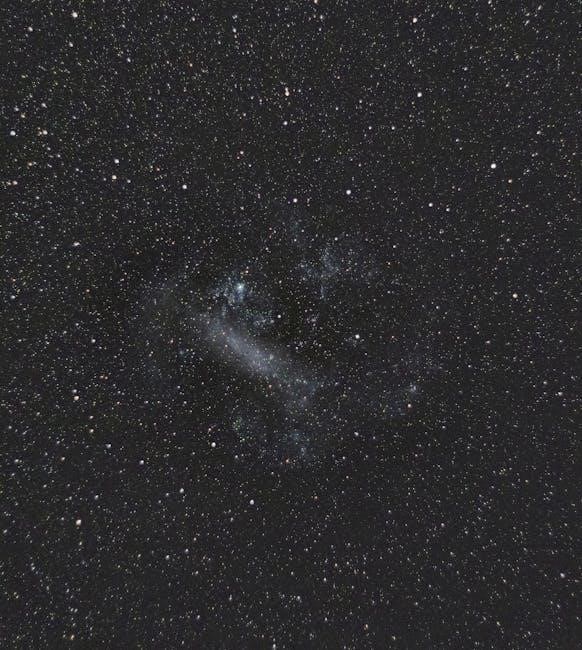
The Great Cosmic Mother as a Goddess Archetype
The Great Cosmic Mother embodies the divine feminine, symbolizing creation, nourishment, and transformation. As a universal archetype, she appears across cultures, representing the cycles of life, death, and rebirth through symbols like the World Egg and Cosmic Serpent, reflecting humanity’s deep connection to nature and the cosmos.
Origins in Ancient Cultures and Religions
The Great Cosmic Mother archetype traces its roots to Neolithic times, where goddess worship flourished. Ancient cultures revered her as the source of life, symbolized by the Cosmic Serpent and World Egg. She embody fertility, time, and creation, reflecting matriarchal societies’ reverence for nature and the feminine. Her presence in myths highlights early humanity’s spiritual connection to the earth and cosmos.
The Mother-Daughter Cycle in Mythology
The Mother-Daughter cycle in mythology symbolizes the eternal dance of creation, destruction, and renewal. Goddesses like Kali and Gaia embody this duality, representing birth, growth, and transformation. This archetype reflects the natural cycles of life, death, and rebirth, mirroring the feminine connection to the earth and the cosmos. It underscores the divine feminine’s role in sustaining existence and fostering balance.
The Suppression of the Divine Feminine
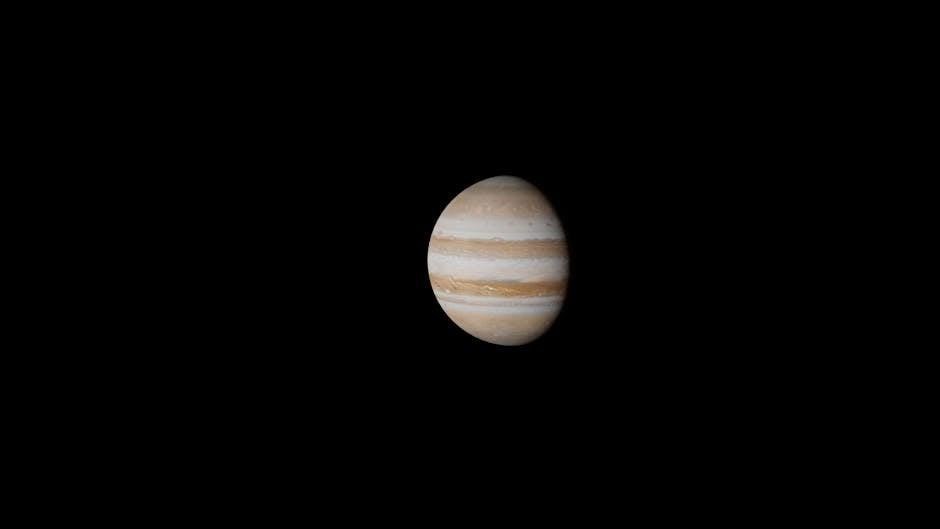
The divine feminine, symbolized by the Great Cosmic Mother, has been systematically suppressed across cultures, often marginalized by patriarchal systems. This suppression is linked to the rise of male-dominated religions and societal structures, which diminished the reverence for feminine power and natural cycles. The book highlights how this erasure has impacted cultural and spiritual frameworks.
By examining historical narratives, Sjöö and Mor reveal how the suppression of the divine feminine has led to ecological and social imbalances. The resurgence of interest in the Great Cosmic Mother reflects a modern longing to reclaim and honor the feminine principle, fostering healing and balance in a fragmented world.

Matriarchal Societies and the Cosmic Mother
Matriarchal societies, rooted in reverence for the Great Cosmic Mother, emphasize communal living, ecological harmony, and feminine-centered spirituality. These cultures often venerate the divine feminine as a symbol of creation and sustenance, reflecting a deep connection to nature and the cycles of life.
Characteristics of Matriarchal Cultures
Matriarchal cultures emphasize community, equality, and harmony with nature, often centered around the reverence for the Great Cosmic Mother. These societies value collective decision-making, maternal wisdom, and the nurturing principles associated with the divine feminine. They typically prioritize cooperation over hierarchy, fostering a deep connection to the earth and cycles of life, reflecting a sustainable and holistic worldview.
The Role of the Cosmic Mother in Matriarchal Religions
The Cosmic Mother is the central deity in matriarchal religions, embodying creation, sustenance, and transformation. She is revered as the source of life, governing natural cycles and cosmic balance; Rituals and practices honor her nurturing power, reflecting a spiritual framework where femininity and nature are deeply intertwined, fostering a culture of reverence for the divine feminine;
Historical Evidence of Goddess Worship
Archaeological findings reveal widespread goddess worship in ancient cultures, with artifacts like the Venus of Willendorf symbolizing fertility and divine femininity. Neolithic societies, such as Çatalhöyük, depict the Great Cosmic Mother in art and rituals, showcasing her central role in spirituality. These discoveries, highlighted in Monica Sjöö’s work, confirm the enduring presence of the goddess archetype in human history.
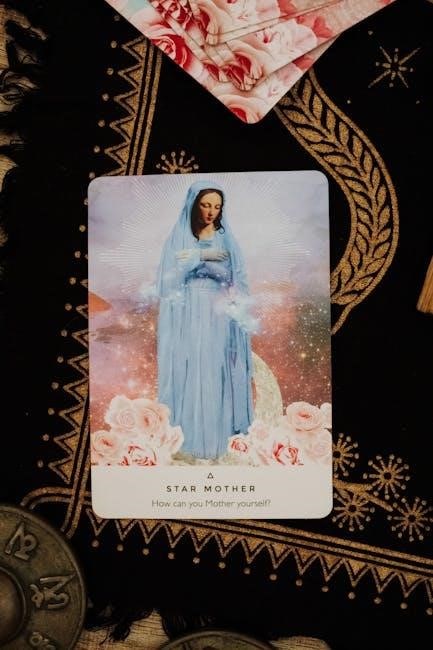
Symbolism of the Great Cosmic Mother
The Great Cosmic Mother is symbolized by the Cosmic Serpent, World Egg, and Yin/Yang duality, representing creation, cycles, and the unity of opposites in the universe.
The Cosmic Serpent and Its Significance
The Cosmic Serpent symbolizes the cycles of life, death, and rebirth, embodying the Great Cosmic Mother’s power to create and transform. Found in ancient myths worldwide, it represents the eternal flow of energy and the interconnectedness of all life. This archetype underscores the Mother’s role in sustaining the universe and balancing opposites, reflecting her primal, generative force.
The World Egg and Yin/Yang Duality
The World Egg symbolizes the primordial womb of the Great Cosmic Mother, from which life and the universe emerge. It embodies the unity of opposites, reflected in the Yin/Yang duality, where feminine and masculine energies harmonize. This archetype represents the cyclical birth of existence, highlighting the Mother’s role in sustaining balance and cosmic order.
The Gynandrous Great Mother and the Labyrinth
The Gynandrous Great Mother embodies the unity of opposites, blending masculine and feminine energies. The labyrinth, a symbol of the cosmic womb, represents the Mother’s transformative power. It signifies the journey into the heart of existence, where the seeker confronts duality and emerges reborn. This archetype underscores the Mother’s role in reconciling contradictions and fostering wholeness.
Modern Relevance and Feminist Perspectives
The Great Cosmic Mother resonates deeply in contemporary feminist discourse, symbolizing the divine feminine’s resurgence. Feminists reclaim this archetype to challenge patriarchal structures, emphasizing feminine power, nature, and cycles of life. The book by Sjöö and Mor highlights the suppression of the divine feminine, offering a framework for empowerment, healing, and environmental stewardship, aligning with current movements for gender equality and ecological balance.
The Resurgence of Goddess Spirituality
The resurgence of Goddess spirituality, inspired by the Great Cosmic Mother, reflects a modern longing to reconnect with the divine feminine. This movement, influenced by Monica Sjöö and Barbara Mor’s work, emphasizes the sacredness of nature, women’s empowerment, and cycles of life. It draws on ancient symbols like the Cosmic Serpent and World Egg, offering a holistic worldview that blends spirituality with ecological consciousness, inspiring personal transformation and collective healing.
Feminist Interpretations of the Cosmic Mother
Feminist interpretations of the Great Cosmic Mother emphasize her as a symbol of female power and creativity, challenging patriarchal religious frameworks. This archetype represents the divine feminine, embodying life-giving forces and cyclical renewal. Her resurgence in modern spirituality reflects a feminist reclaiming of women’s cultural and spiritual heritage, validating women’s experiences and roles in society.
Healing and Empowerment Through the Divine Feminine
The Great Cosmic Mother embodies transformative power, offering healing and empowerment by reconnecting individuals with the divine feminine. Her archetype nurtures emotional and spiritual well-being, fostering resilience and inner strength. By embracing her essence, people can reclaim their connection to nature, challenge patriarchal norms, and find liberation through her universal, life-affirming energy and wisdom.
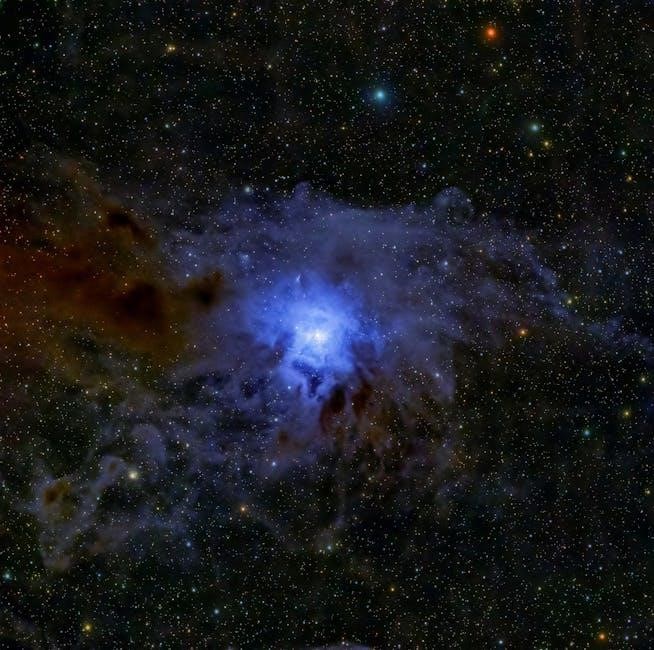
Connection to Nature and Ecology
The Great Cosmic Mother embodies nature’s cycles and cosmic balance, symbolizing ecological spirituality. She represents the unity of life, nurturing the earth and its rhythms.
Nature Worship and the Cosmic Mother
The Great Cosmic Mother is deeply intertwined with nature worship, symbolizing the earth’s fertility and cycles. Ancient cultures revered her as the embodiment of land, sea, and sky, reflecting a profound ecological spirituality. Her archetype connects humanity to the natural world, emphasizing harmony and the sacredness of the planet.
Ecofeminism and the Religion of the Earth

Ecofeminism aligns with the Great Cosmic Mother, linking environmental degradation to the suppression of the divine feminine. This perspective advocates for a spiritual return to nature, restoring the sacred balance between humanity and the earth. By honoring the Cosmic Mother, ecofeminists seek to heal the planet and reclaim feminine power as a force for ecological restoration.
Contemporary Environmental Movements Inspired by the Cosmic Mother
Modern environmental movements draw inspiration from the Great Cosmic Mother, embracing her nurturing essence to advocate for ecological harmony. Activists emphasize the interconnectedness of life, aligning with the Mother’s symbolism of the Cosmic Serpent and World Egg. These movements champion sustainable practices, honoring the earth as a sacred entity and promoting a return to nature-centric spirituality.
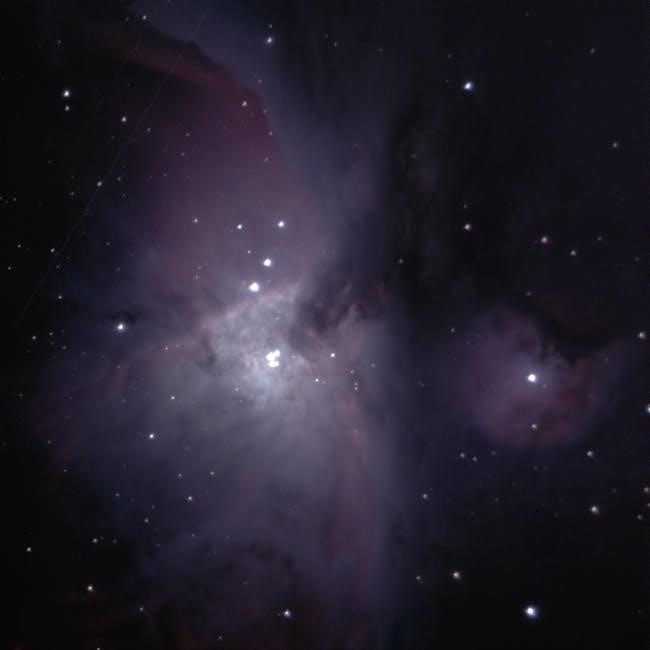
Personal Transformation and Spirituality
Embracing the Great Cosmic Mother archetype fosters personal growth, healing, and spiritual awakening. Her divine essence empowers individuals to reconnect with their inner selves and the universe.
Embracing the Cosmic Mother for Personal Growth
Embracing the Great Cosmic Mother offers profound personal growth by reconnecting individuals with the divine feminine. Her nurturing energy inspires self-reflection, healing, and empowerment, fostering a deeper understanding of life’s cycles and one’s place within the universe. This archetype guides individuals toward wholeness, encouraging them to embrace their true potential and inner strength.
Transformative Power of the Goddess Archetype
The Goddess archetype embodies transformative power, offering a pathway to inner healing and spiritual awakening. By reconnecting with the Great Cosmic Mother, individuals can transcend limiting beliefs and embrace their true essence. This archetype’s energy fosters resilience, creativity, and a deeper connection to nature and the universe, inspiring profound personal and collective transformation.
Practices and Rituals Honoring the Cosmic Mother
Practices honoring the Cosmic Mother include rituals celebrating nature’s cycles, meditation on her symbols like the Cosmic Serpent, and ceremonies marking life transitions. These rituals reconnect individuals to the divine feminine, fostering transformative empowerment and a deeper alignment with the natural world and its rhythms. They embody reverence for her nurturing and life-giving essence.
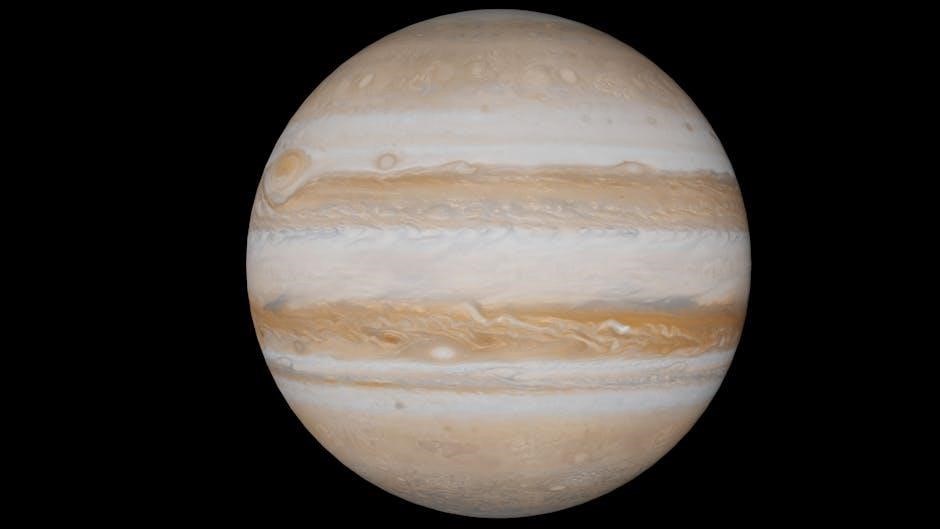
Cultural Impact and Legacy
The Great Cosmic Mother has profoundly influenced feminist thought, inspiring art, literature, and social movements. Its global translations and enduring relevance underscore its significance in modern spirituality and discourse.
Influence on Art, Literature, and Social Movements
The Great Cosmic Mother has inspired artists, writers, and activists, fostering a resurgence of divine feminine imagery in creative works. It has fueled feminist and environmental movements, becoming a cornerstone of modern spirituality. The book’s ideas have also sparked personal projects, such as translations and art initiatives, further spreading its message globally.
The Book’s Contribution to Feminist and Spiritual Discourse
The Great Cosmic Mother has profoundly influenced feminist and spiritual thought, offering a historical and cultural foundation for understanding the divine feminine. By challenging patriarchal narratives, the book has inspired spiritual movements and feminist scholarship, providing a framework for reclaiming the power of the Goddess archetype. Its insights continue to resonate globally, fostering empowerment and spiritual renewal.
Global Recognition and Translations
The Great Cosmic Mother has gained international acclaim, with translations into multiple languages, including Chinese. This widespread recognition underscores its universal relevance, making it accessible to diverse audiences. The book’s global reach reflects its enduring impact on feminist and spiritual discourse, transcending cultural boundaries to inspire a worldwide reconnection with the divine feminine.
The Great Cosmic Mother archetype offers profound insights into feminine power, nature, and spirituality. Its resurgence inspires future generations to embrace ecological and gender harmony, fostering a holistic worldview that honors the divine feminine in all its forms.
The Great Cosmic Mother embodies the divine feminine, symbolizing creation, fertility, and nature. She represents the interconnectedness of life, evident in ancient myths and symbols like the Cosmic Serpent and World Egg. The book highlights her suppression and modern resurgence, emphasizing her role in feminist spirituality, ecological awareness, and the transformative power of reclaiming the divine feminine.
Future Prospects for the Great Cosmic Mother Archetype
The Great Cosmic Mother archetype holds promise for future spiritual and cultural renewal. As ecofeminism grows, her symbolism may inspire ecological restoration and gender balance. The archetype’s universal appeal could foster global unity, bridging ancient wisdom with modern challenges, ensuring her relevance in addressing future societal and environmental needs.
Final Thoughts on the Importance of the Divine Feminine
The divine feminine, embodied by the Great Cosmic Mother, offers a path to healing and balance in a world often dominated by patriarchal structures. By reclaiming this archetype, humanity can restore harmony with nature and foster inclusivity, ensuring a more equitable and sustainable future for all.
